Interactions among subfamilies during the two biggest monocot families-Orchidaceae and Poaceae-are just like those fixed by Givnish et al
Phylogenomic analyses
Plastome information excluding Thismia produce a fully settled, highly backed RAxML forest; 421 of 543 branches within the monocots have actually 100per cent bootstrap support, and average branch help are 96.6 A± 10.2percent (Appendix S11). All 12 orders-including Dasypogonales (sensu Givnish et al., 1999 ; not acknowledged by APG 2016 )-have 100per cent bootstrap help, because do all but two of the 51 APG IV people displayed by a couple of accessions (Fig. 1A). Corsiaceae, a family written exclusively of mycoheterotrophs, possess 99.2% bootstrap service based on plastid gene data, as do the autotrophic parents Stemonaceae. All subfamilies symbolized by two or more accessions have 100per cent bootstrap service (except Arundinoideae with 99.8% support), as noticeable inside the huge families Orchidaceae, Poaceae, Araceae, Asparagaceae, Arecaceae, and Asphodelaceae. Monocots overall has 100% bootstrap support. Ceratophyllum + eudicots is settled as their cousin people, with 89.8% bootstrap support; the Ceratophyllum + eudicots clade has 73.8per cent assistance. On the list of commelinid monocots (100% service), Poales try solved as sister to Commelinales + Zingiberales (95.2% assistance); Arecales are aunt to Dasypogonales (74.2% service). Asparagales is remedied as sister on commelinids with 100% bootstrap support. Liliales are cousin for this large clade, with Dioscoreales + Pandanales, Petrosaviales, Alismatales, and Acorales brother to increasingly most inclusive monocot clades, all with a‰?99.8% bootstrap help (Fig. 1A and Appendix S11). Trithuria of Hydatellaceae-formerly placed in Poales-is sorted out as a member of purchase Nymphaeales with 100per cent bootstrap support, confirming the results of Saarela et al. ( 2007 ). ( 2015 ) as well as the lawn Phylogeny Working cluster II ( 2012 ), apart from Aristidoideae is placed sister to Panicoideae within the PACMAD clade of grasses but with weakened help (44percent) (Appendix S11).
The weakest assistance principles for limbs above the family members degree within monocots are those that unite (1) Tofieldiaceae to Araceae (bootstrap help, BS = 35.0percent); (2) Musaceae on ginger groups Cannaceae, Marantaceae, Costaceae, and Zingiberaceae (50.0%); (3) Philydraceae to Haemodoraceae-Pontederiaceae (50.6per cent); (4) Doryanthaceae to Asparagaceae through Iridaceae (62.0percent); (5) Typhaceae to all the Poales except Bromeliaceae (62.6percent); (6) Heliconiaceae to Lowiaceae-Strelitziaceae (73.4%); (7) Dasypogonales to Arecales (74.2%); (8) Lanariaceae to Hypoxidaceae (75.2per cent); and (9) Asteliaceae to Hypoxidaceae-Lanariaceae (77.0%). Of these, the reasonable assistance for the last two clades may mirror the tiny wide range of loci (17) for those three family members within our positioning. The remaining difficult limbs are exceptionally short long, and sometimes deep when you look at the monocot forest; two incorporate the opportunities of Musaceae and Heliconiaceae in Zingiberales. All other interfamilial limbs has assistance values of 100percent or nearly very (Fig. 1A). Among subfamilies formerly recognized as individuals in earlier APG schemes, only the place of (10) Aphyllanthoideae sibling to Asparagoideae in Asparagaceae have relatively weakened support (53.2per cent); connections one of the remaining subfamilies are highly backed.
Phylogenomic assessment resolves both among-family polytomies into the MP rigorous consensus forest, changes the roles of family in eight of the nine commands with numerous families relative to the MP research of four-gene information, and significantly enhances bootstrap help for a couple of higher-order relationships within monocots (Fig
Compared to the MP research on the facts of Chase et al. ( 2006 ) (Fig. 1C), all of our RAxML phylogenomic investigations changes the spots of just one purchase (Dasypogonales) and 16 monocot individuals or their particular equivalents (subfamilies of Amaryllidaceae, Asparagaceae, and Asphodelaceae seen as individuals in previous APG categories). Our very own analysis also adds seven families maybe not symbolized because prior facts arranged: Corsiaceae in Liliales; Triuridaceae in Pandanales; and Aponogetonaceae, Maundiaceae, Posidoniaceae, Ruppiaceae, and Scheuchzeriaceae in Alismatales. 1A, C). The distinction for the phylogenomic forest making use of the ML comparison of this four-gene information set (Fig. 1B) is actually significantly decreased noted, shifting the positioning of Dasypogonales and eight monocot individuals, but embedding the sole consultant associated with previous Centrolepidaceae in a paraphyletic Restionaceae. Support principles from inside the ML review from the benchmark four-gene data are also notably raised above those in the MP comparison.

